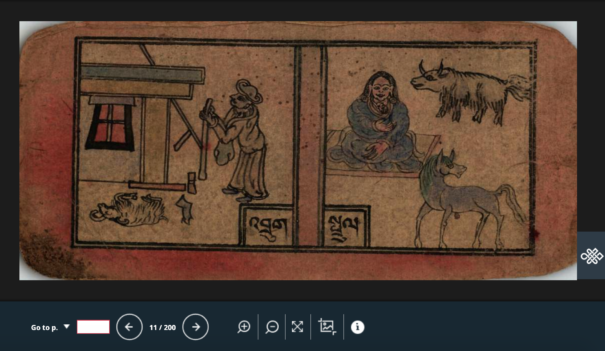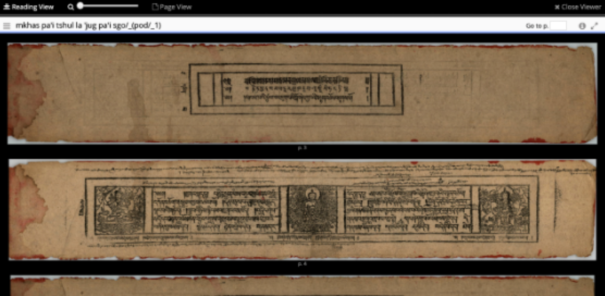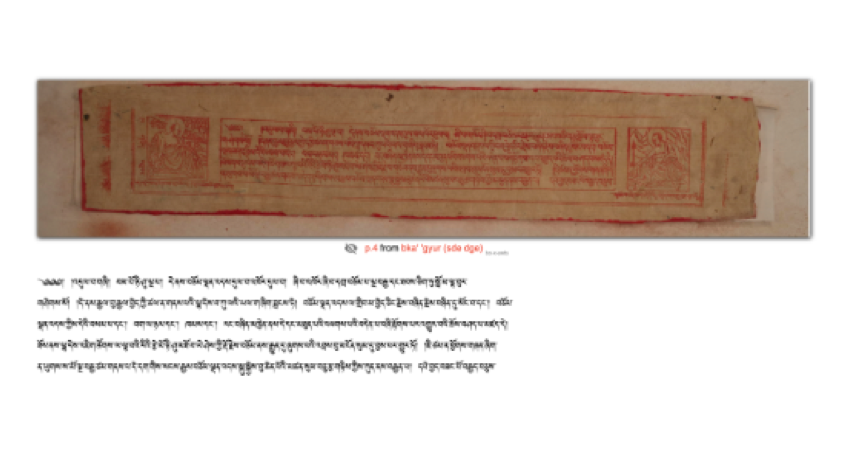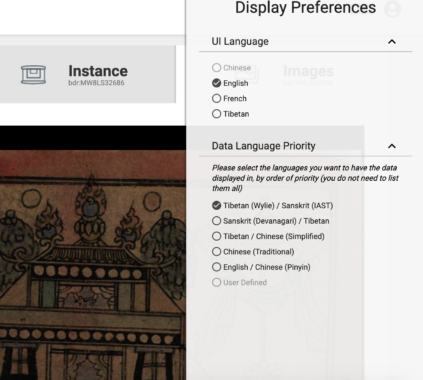BDRC developed the Buddhist Digital Archives (BUDA) as a collaborative platform for Buddhist texts in order to benefit the Buddhist community and BDRC's many users in academia. With new features and an innovative design, BUDA greatly improves access to a vast collection of Tibetan Buddhist works, as well as to collections of Sanskrit, Chinese, Pali, Burmese, and Khmer materials. It is open source and as open access as possible. Resources are made available by both BDRC and its partner collections. BUDA was made possible by a generous grant from The Robert H. N. Ho Family Foundation.









